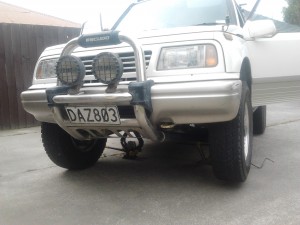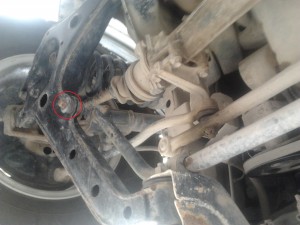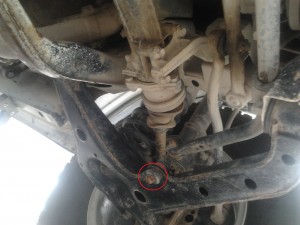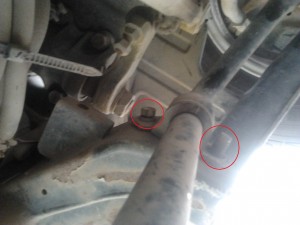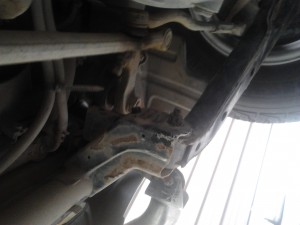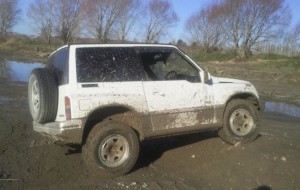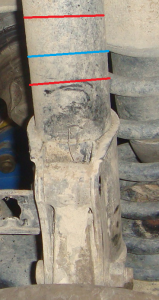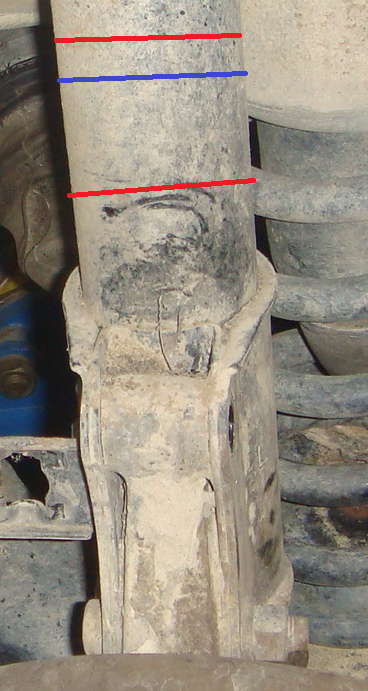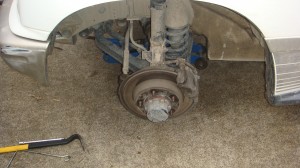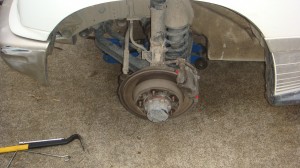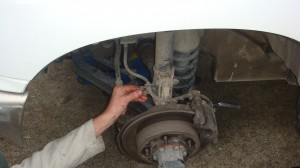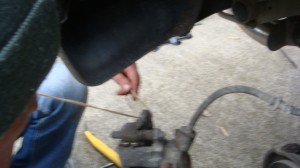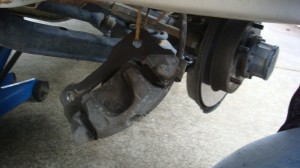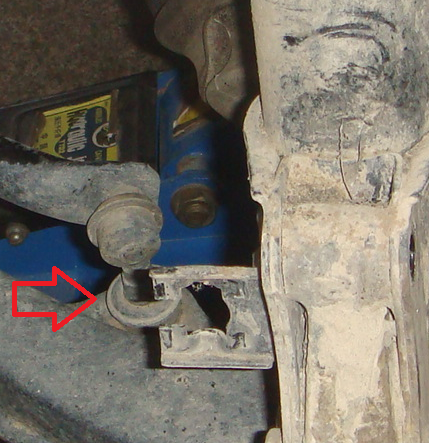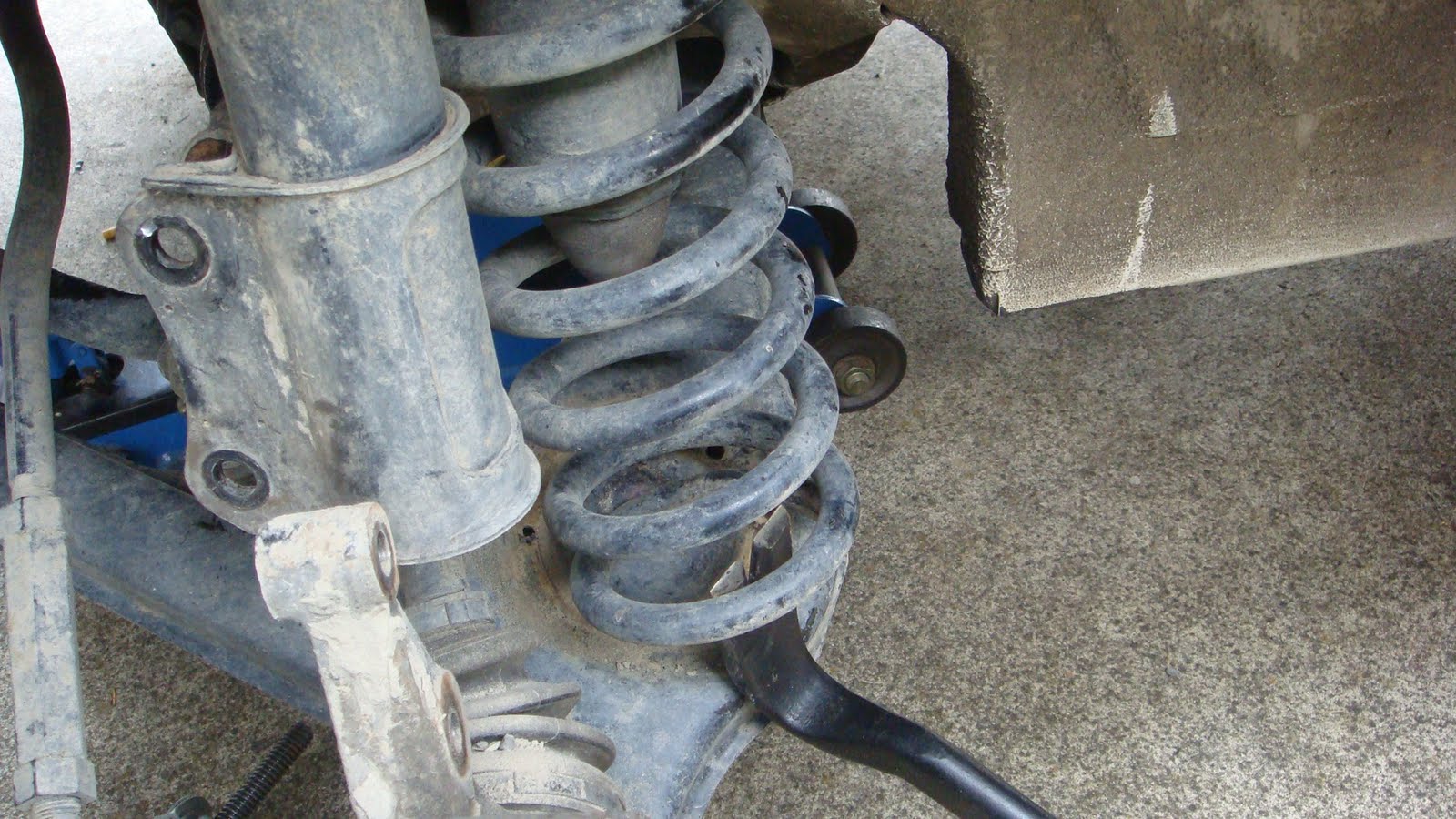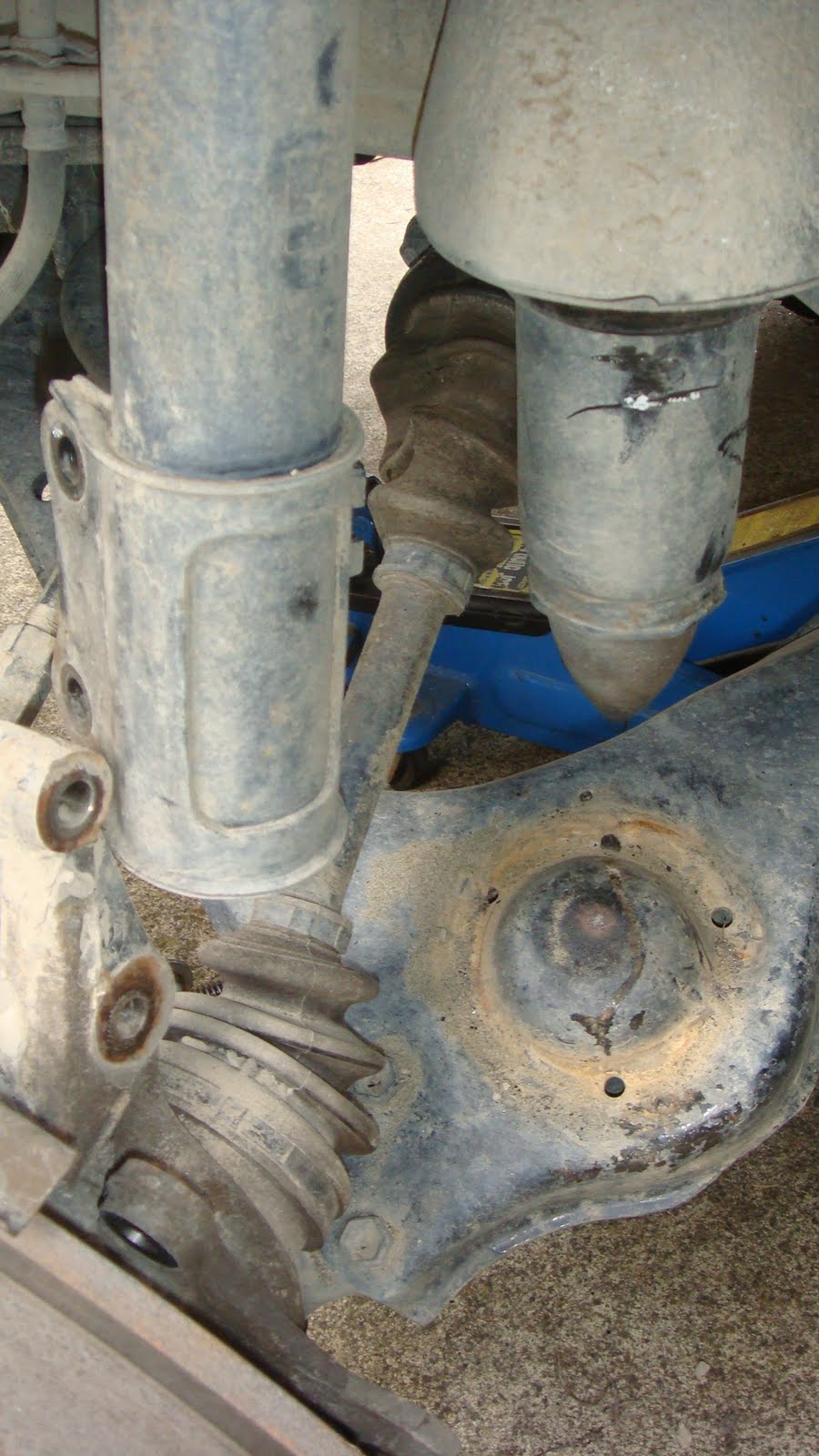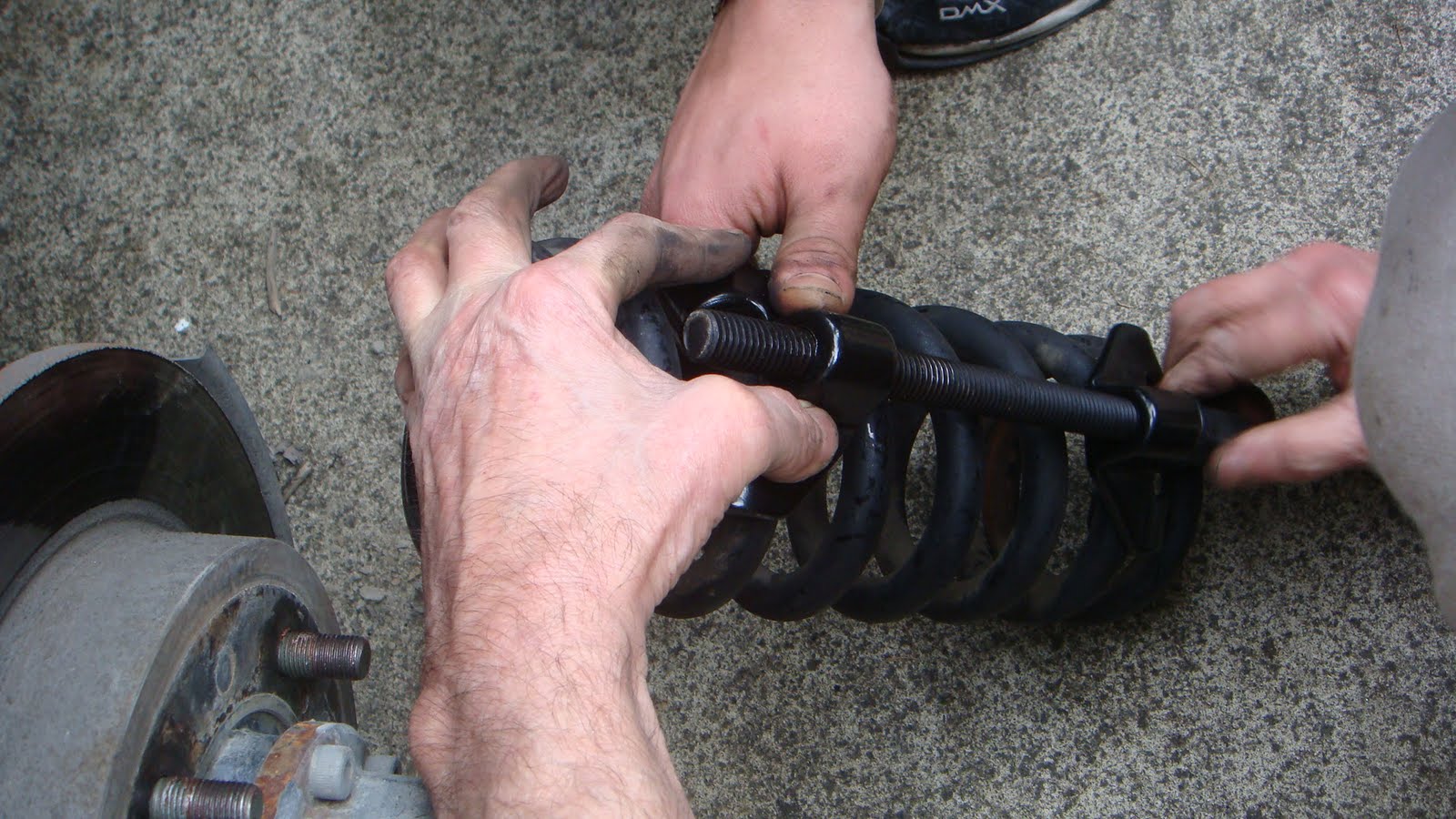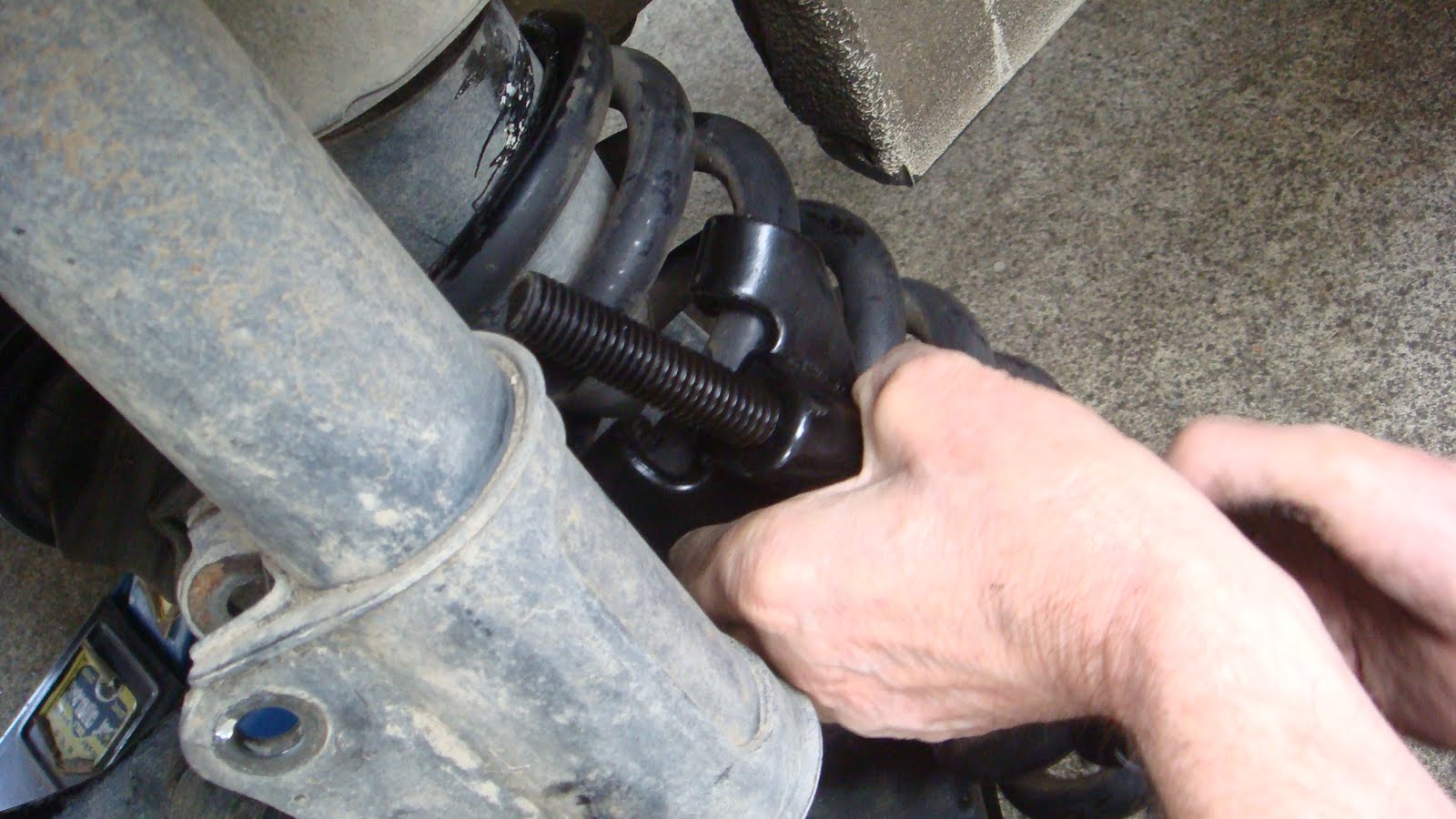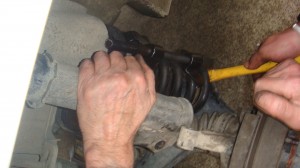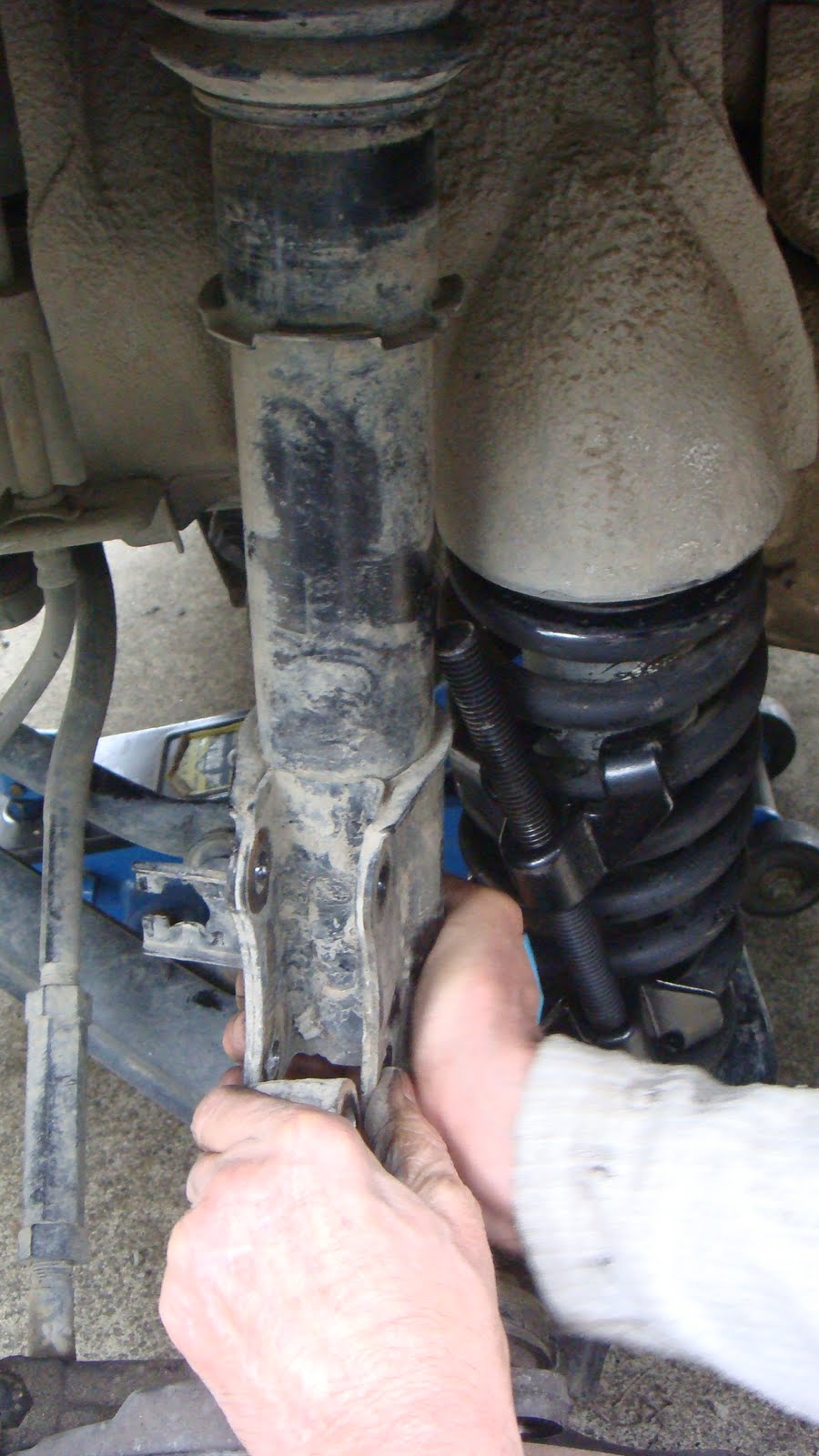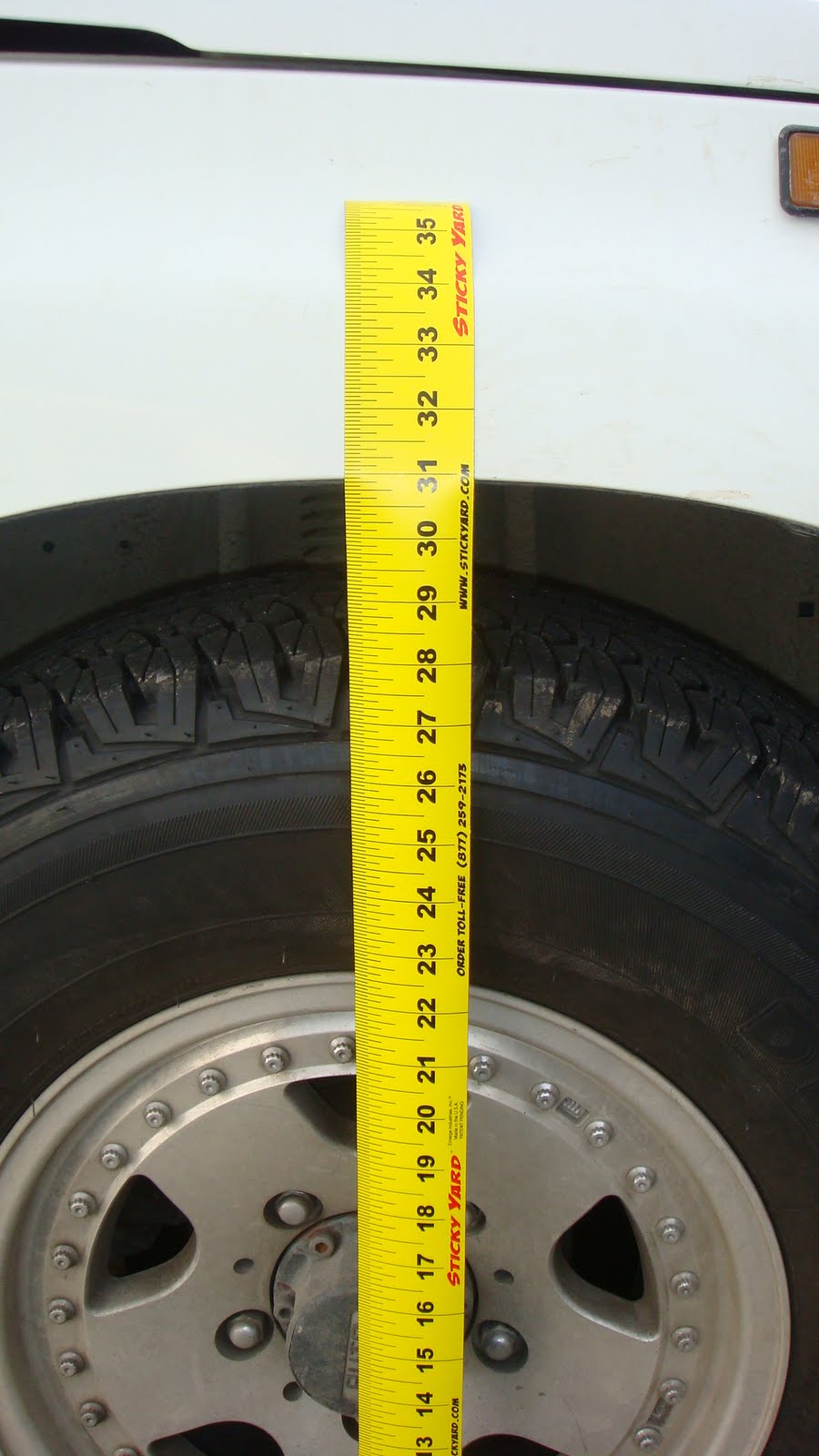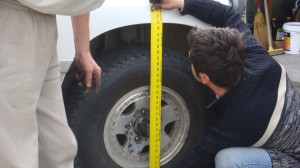Hi, So a question came up as to what fluids would be required for differentials, Transfer case, and Tranny fluids:.
A very good answer came through:
PJF Writes; For all of the above components, I am using Chevron Delo Gear Lubricant ESI 80W-90 because my 1989 Sidekick owner’s manual recommends a SAE 80W-90 gear lubricant where temperatures do not drop below minus 4 degrees Fahrenheit (-20 degrees C).
I am told that it is copper-alloy-friendly because it contains less sulfur than other GL-5 oils and provides extreme pressure (EP) protection with a borate additive. I will know after I receive results back from an oil analysis lab in a week or two. After about 1,000 miles, I will test a used oil sample for wear.
If you are not convinced about the copper-alloy-friendliness of this oil, I recommend GL-4 oil, such as Redline MT-90, for your transmission and transfer case.
For 2001 Trackers and older, GM recommends GM #12346190 transmission fluid. For 2002 Trackers and newer, GM recommends GM #12345349 transmission fluid. Consult your owner’s manual to make sure.
Given the temperature at your location, he goes to say; Per my 1989 Sidekick manual, any GL-4 80W-90 or 75W-90 transmission fluid will do depending on the climate. The Tracker manuals specify the GM transmission fluids per my earlier post.
Hope that helps.
